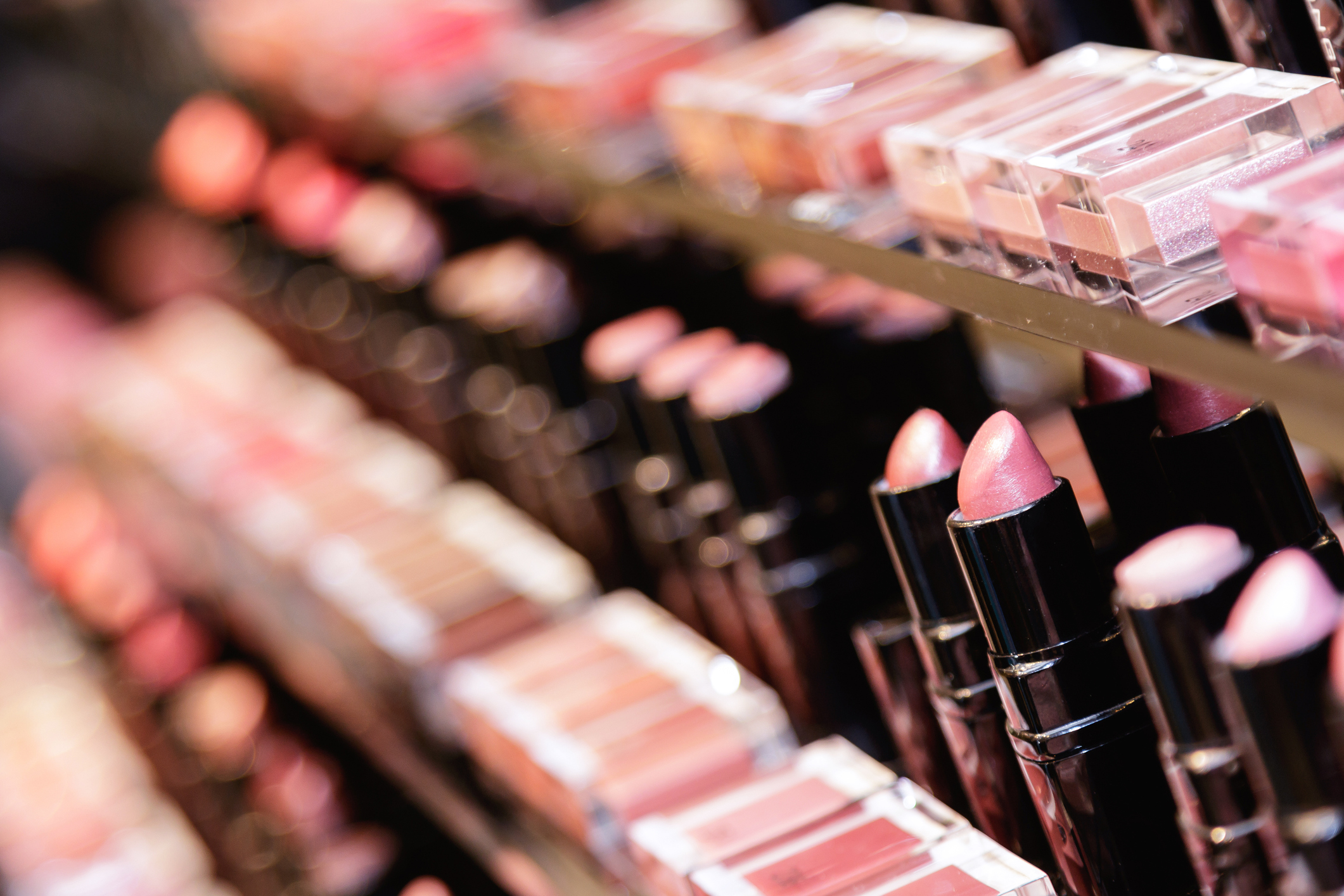The cosmetic industry is always looking for more innovative ways to test their products — preferably methods that don’t require the use of animals. Alternative approaches like in-vitro, human tissue and computer models tend to be less expensive and certainly easier to manage.
Cosmetics are an international commodity, so often the regulations come from outside the U.S. such as via the European Directive. The U.S. would establish rules about importing these products, though.
Testing for Acute Toxicity
EU requires cytotoxicity tests done to determine the potential of a product to cause skin irritation. The test is completed using cultured human or mammalian cell lines to pinpoint toxicity at the cellular level.
The tests required include:
• Neutral Red Uptake (NRU, NRR)
• MTT assay
• Microscopical LiveDead Test
Testing for Skin Irritation and Corrosion
The EU also requires specific tests to ensure there is no skin inflammation or irreversible skin corrosion. The required skin inflammation test is: Reconstructed human epidermis (RhE) test method (OECD 439).
Testing for skin corrosion includes:
• Epidermal skin test (OECD 431)
• Some manufacturers may add the Membran Barrier Test – Corrositx test as well.
Eye Irritation and Corrosion Tests
The European Union requires testing to detect potential eye damage from chemicals in the cosmetic. This would include both irritation and irreversible corrosion.
These tests include:
• Bovine corneal opacity and permeability (BCOP)
• Determination of hemolytic activity using red blood cells
• Hen’s Egg Test (HET-CAM)
Phototoxicity
Phototoxicity tests determine if a product induces skin irritation called photo irritation, or damage to the skin when exposed to light. Similar to sunburn but caused by a chemical.
The test involves is the 3T3 Neutral Red Uptake (NRU, NRR) Mutagenicity
Mutagenicity tests identify genotoxic materials that may change or damage human DNA.
• Ames test Fluctuation and contact plate method
• Comet tests
These companies must also conduct tests to determine the biodegradability of the product.
Importing Cosmetics into the U.S.
All imports of cosmetics coming into the United States are subject to approval by the Food and Drug Administration (FDA). If the cosmetic products are refused by the FDA then the Customs and Border Protection (CBP) cannot release them.
The process starts with the formal entry form CBP 301. Attached to the form should be an entry summary, bill of lading, bill of sale or invoice. The CBP broker must receive all documents at least five days before the arrival of the shipment.
The FDA works with the Customs and Border Protection agency to ensure all cosmetics undergo an examination before entering the country. The cosmetics must not show any signs of misbranding or mishandling.
During the exam, the FDA may do a random sample of the product, as well. The FDA alerts the CPB about trends in violations by the manufacturer, distributor or shipping agent. They issue import alerts for products that may contain drugs that are unapproved in the U.S. or that have a history of microbial contamination. They also check for a history of failure to meet U.S. requirements for additives or bovine tissue.
Color additives are the only ingredient of cosmetics that must be preapproved by the FDA before marketed. This is true for products produced domestically and internationally.


